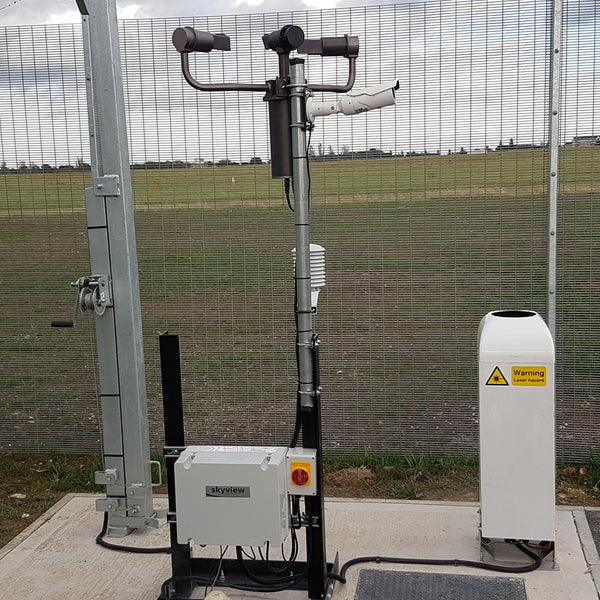
9 Church Field Road, Sudbury, Suffolk, CO10 2YA
With over 30 years’ experience of working in the aviation and emergency response sectors, Skyview Systems fully understands that ensuring safe operations is paramount. With stringent safety legislation to adhere to, and with people’s lives in their hands, meticulous planning in an emergency response situation is crucial, especially when time is short.
Police and air ambulance crews must comply with rigorous health and safety legislation and need to be assured that the systems in place are failsafe. It is crucial that the helicopter crews can monitor cloud height and visibility, temperature, humidity, wind speed and direction, barometric pressure and have the facility for all data to be viewed and analysed through an internet-enabled PC. Skyview is proud to facilitate safe emergency response operations across the UK to ensure safe flight planning for patients and response teams alike.
News + events
Working with NHS trusts and police air support units, we take our role in ensuring the safety of millions of individuals very seriously. We are proud that our systems serve to protect and save thousands of lives every year in the emergency response sector alone.
Forging long-term relationships with our clients, we design, install and maintain weather monitoring systems to suit the needs of each individual client.
Our industry partners include Plymouth NHS Trust at the Derriford Hospital site, Devon Air Ambulance, East Midlands Air Support Unit (EMASU), Essex and Herts Air Ambulance, Dyfed Powys Police Air Support Unit and Cheshire Police Air Support Unit to name a few! Click on any of the above links to view examples of our work, and to see how we can best serve your weather monitoring, safety and legislative needs.
)
"EMASU has chosen Skyview as their preferred supplier of meteorological equipment and services for several years, working closely to ensure that the equipment is giving accurate and reliable information to assist with operations. The aircraft can relocate to any number of remote locations, in the past this could cause a problem with knowing what the weather is like back at base.
We have a live feed to a weather web page, Skylink-pro, which we can access through the force control rooms. This can be invaluable in determining at what point we leave the remote location and return to base before the weather closes in completely. This in itself is a great asset to flight safety".
Graham Hancock, Chief Pilot, East Midlands Air Support Unit
With no time to spare and lives in their hands, complying with recommendations from European Union Aviation Safety Agency (EASA), Civil Aviation Authority (CAA), International Civil Aviation Organization (ICAO) is a legal necessity in order to protect response teams and the wider public.
“(Pilots) shouldn’t operate below minimum regulations to save one life as, by doing so, they may well be endangering many more on the ground.” - Richard Stephenson, Director of Communications, CAA
Recent proposed amendments to the EASA’s “Helicopter emergency medical services (HEMS) performance and public interest site” call for even more vigilant weather monitoring going forward, including:
> new requirements to improve the safety of HEMS operations, especially at night and in marginal weather conditions, for HEMS operations;
> a means of observing and recording weather conditions at the HEMS operating base to be defined in an AMC;
> the replacement of ‘cloud base’ with ‘ceiling’ for night HEMS VFR minima - deemed useful in particular for weather conditions where FEW clouds would be present at known locations (coastline, hill tops) without interfering with the flight.
The CAA issued CAP 746 - Requirements for Meteorological Observations at Aerodromes standard in particular, details the necessary provision of meteorological observations required:
> accurate, timely and complete aerodrome meteorological observations are necessary to support safe and efficient air navigation;
> a system should be in place that assures users that the quality of meteorological information supplied complies with the (CAP 746) requirements.
Meteorological equipment specifically listed includes: meteorological displays; surface wind speed and direction equipment; pressure measurement equipment; temperature and dew point measurement; cloud base recorder systems; measuring systems; and present weather detectors.
Without doubt one of our proudest associations to date, Skyview’s hardware and software systems are deemed a crucial necessity by air emergency services teams across the UK.